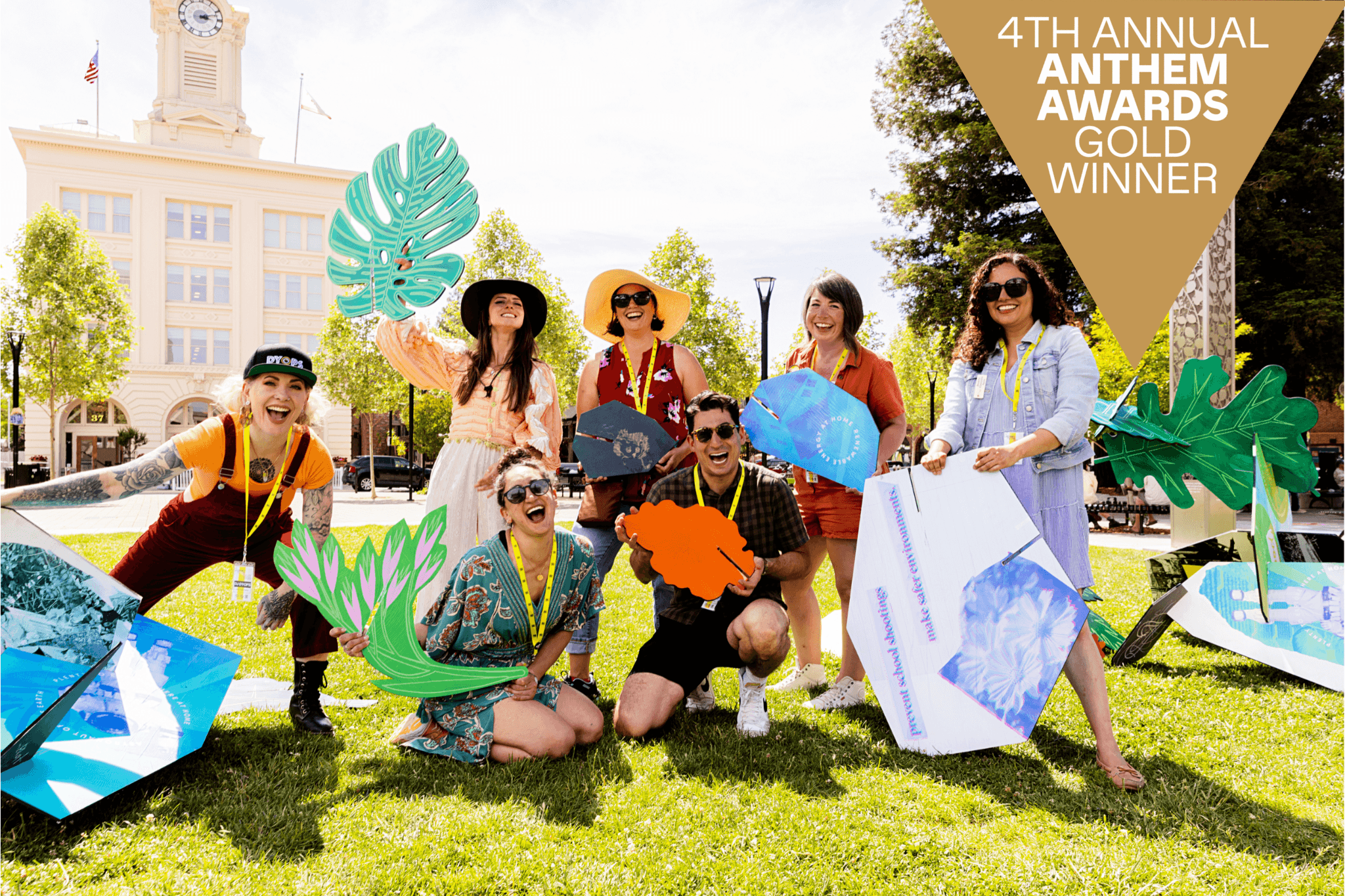We caught up with the brilliant and insightful Nikko Kimzin a few weeks ago and have shared our conversation below.
Hi Nikko, thanks for joining us today. Have you been able to earn a full-time living from your creative work? If so, can you walk us through your journey and how you made it happen? Was it like that from day one? If not, what were some of the major steps and milestones and do you think you could have sped up the process somehow knowing what you know now?
Yes, I have been able to earn a full-time living from my creative work—but it wasn’t immediate, and it certainly hasn’t been a linear path. Throughout my journey—from earning a BFA in Musical Theatre and performing nationally and internationally, to launching my own production company, to designing arts curriculum in schools across the Bronx, Brooklyn, and Harlem, and then becoming a Director of Education and Community Engagement at a theater— to then starting my own business consulting – the driving question has always been: How can I be used to my fullest creative capacity each day?
It took time and intentional exploration to figure out which sectors—whether nonprofit, for-profit, or arts education—could best support my creative, financial, social, and wellness goals. I had to level up my understanding of business models and shed some of the limiting beliefs I was taught about what a creative life should look like. That meant reckoning with the unhealthy narratives I’d internalized—ideas about scarcity, martyrdom, or the idea that art only “counts” in certain spaces.
One of the most unexpected and liberating insights was realizing that my creativity could serve industries I hadn’t originally considered—like park planning. Who knew that the arts are exactly the right tool to help communities dream up the future of their public spaces? That kind of expansion required me to think differently about what it means to be an artist in the real world.
So no, it wasn’t “like that from day one.” But I now understand that building a creative business is a creative act—an act of making something out of nothing, of applying imagination, rigor, and purpose to designing a sustainable life. If I could go back, I’d remind myself earlier on that every industry/community/gathering..etc needs an artist. We are the worlds problem solvers and joy keepers. And the more I embrace that, the more opportunities emerge.
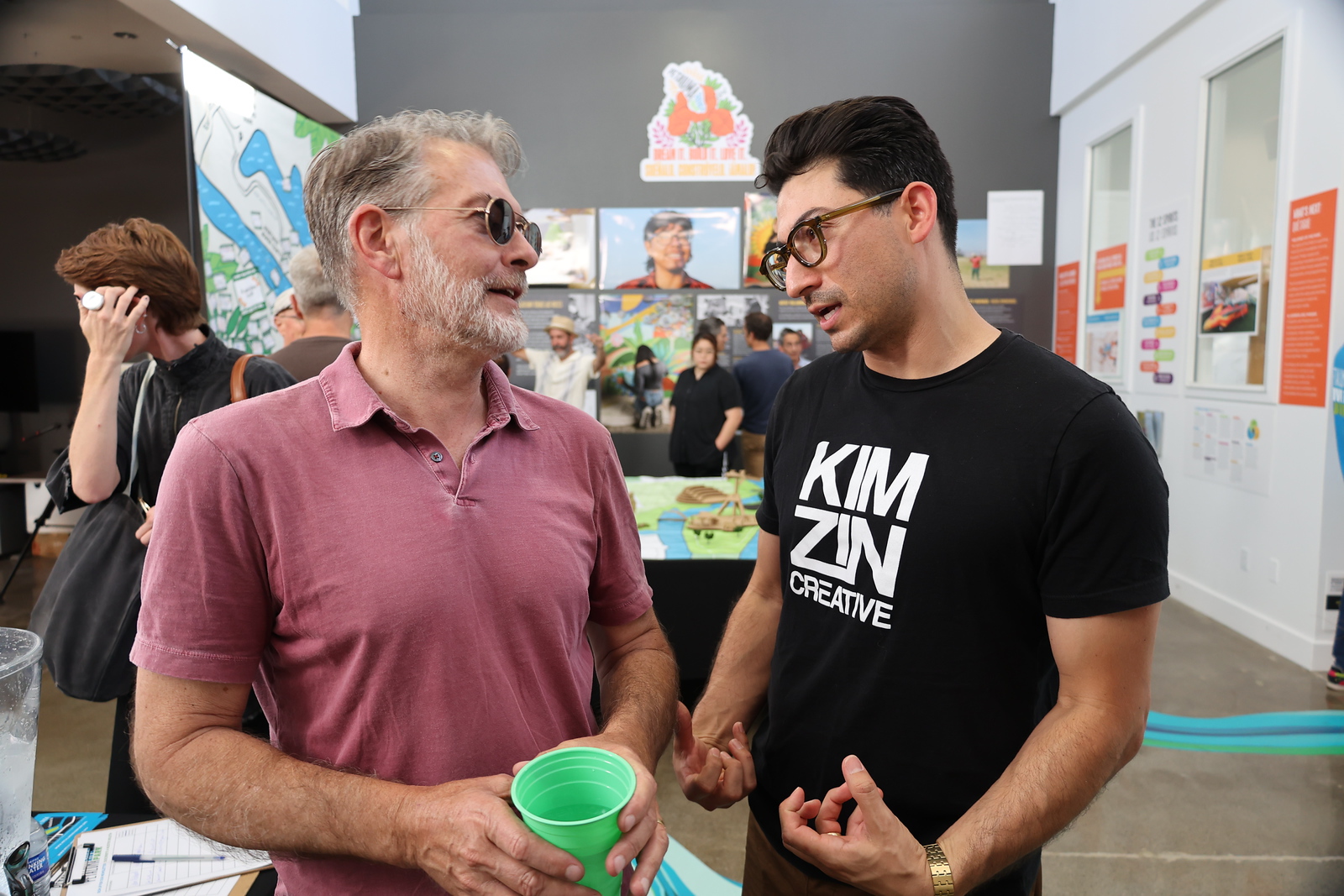
Nikko, love having you share your insights with us. Before we ask you more questions, maybe you can take a moment to introduce yourself to our readers who might have missed our earlier conversations?
Hi! I’m Nikko Kimzin—a performer, producer, and consultant who leads with joy and purpose “to uplift the human spirit”. I’m the Founder and Lead Consultant of Kimzin Creative, a CA-based arts and equity consulting group that’s redefining how communities engage in public decision-making through the power of the arts.
My career started in the world of musical theater—performing internationally and regionally in roles like Bernardo in West Side Story and Ritchie Valens in Buddy: The Buddy Holly Story. After years of being cast in stereotypical roles for Latino men, I realized I had a choice: wait for the industry to shift in order to tell complex stories or learn the skills to become a catalyst for that change myself. I chose the latter. That journey led me into producing, arts education, community engagement, and eventually founding my own company.
At Kimzin Creative, we center the cultural strengths and dreams of historically marginalized communities. We work with local governments, school districts, foundations, and arts organizations to design culturally relevant programs and transform how infrastructure, funding, and policy decisions are made. What sets us apart is our JOY-centered approach and a belief that creativity isn’t just about performance—it’s about power. It’s about giving people the tools to co-create the futures they deserve.
Our signature methodology uses the arts as a vehicle for community-led design—co-creating bilingual art workshops, murals, music videos, coloring books, and more that double as data collection tools. These creative tools surface qualitative insights like values, hopes, and lived experiences—and translate them into real policy and infrastructure change. Our approach has already shaped over $100 million in civic investments that will impact more than 100,000 people across the next 30+ years.
We’ve had the honor of collaborating with visionary partners like Google, the County of Sonoma, the City of Santa Rosa, William & Flora Hewlett Foundation, and Petaluma River Park Foundation, among others.
Whether we’re developing equitable arts education frameworks, producing community-rooted performances, or consulting on environmental justice and park design, our work is about building authentic, reciprocal relationships between systems and the people they serve. We believe communities don’t need to be “empowered”—they already have the power. Our role is to help amplify their voices and creative visions.
I’m most proud of the joy, connection, and transformation that happens when we center the arts as a strategy for equity and change. And I want every client, collaborator, and community member to know: this work is about co-creating a world where everyone belongs—and we get to make it beautiful while we’re at it.
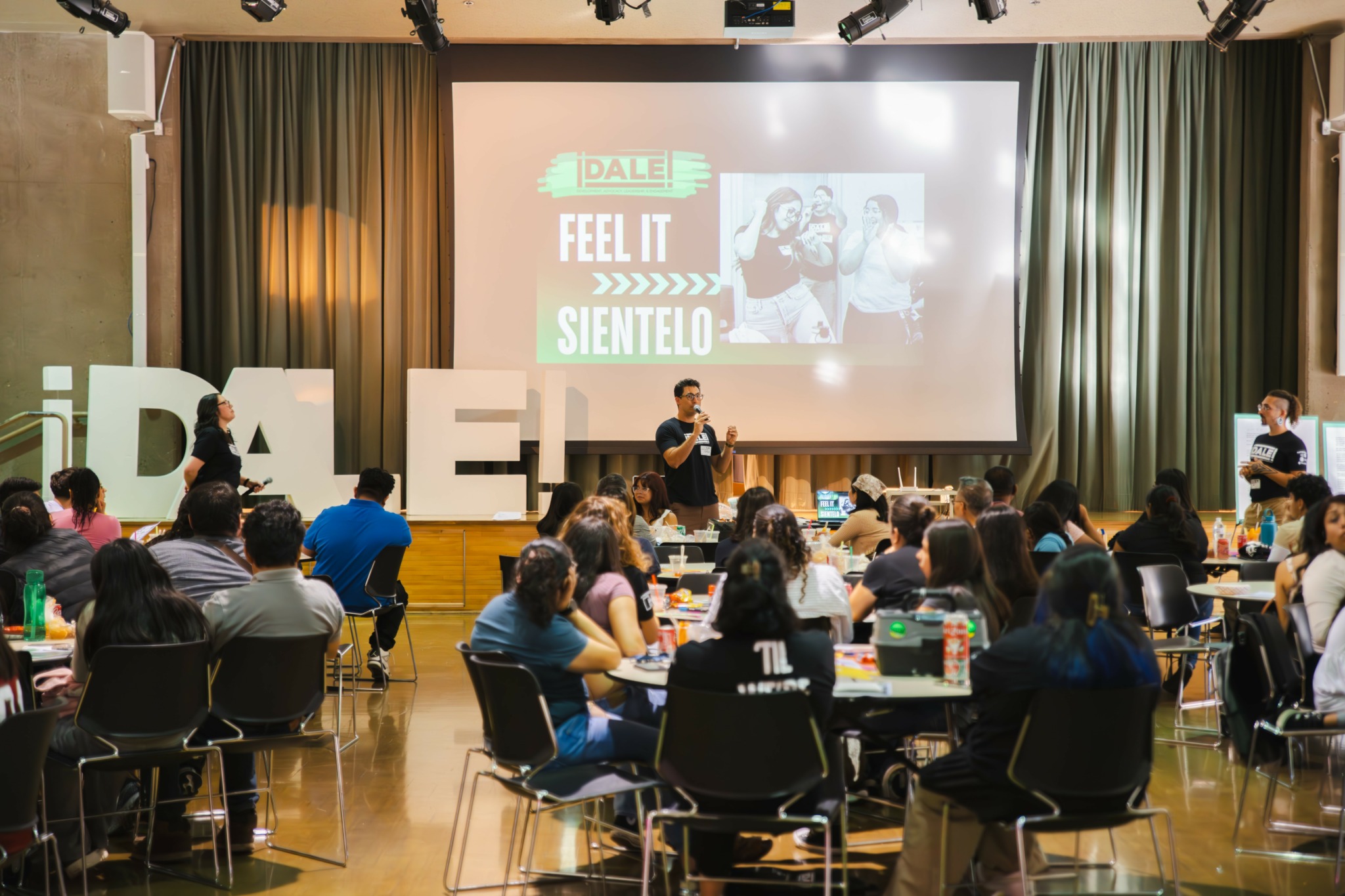
For you, what’s the most rewarding aspect of being a creative?
For me, the most rewarding aspect of being an artist is knowing that I get to play a role in restitching the fabric of society. In a time where disconnection is rampant and profit is too often prioritized over humanity, artists are the ones who help us re-find each other. We’re not just creators of content—we’re the creators of culture. We help communities make meaning, process grief, celebrate joy, and imagine new futures. That’s sacred work.
Being a creative allows me to use my voice and my vision to guide people back to themselves and to each other—to build belonging where it’s been broken.

How can we best help foster a strong, supportive environment for artists and creatives?
To best support artists, creatives, and a thriving creative ecosystem, society must first recognize artists as essential problem solvers, not just entertainers. Culture always precedes policy—so if we want real change in our communities, in our institutions, and in how we relate to each other, we must invest in the people who create culture: the artists.
For those who don’t (yet) identify as artists, I offer this: what are you responsible for reimagining? Whether you’re in city planning, education, health care, tech, or governance—what systems are you touching that could benefit from more joy, more equity, more vision? Where are you still doing things because “that’s how it’s always been done”? That’s your cue to invite an artist in. Ask us to help design processes that don’t just tick boxes but build real relationships and lasting impact. Artists don’t need much—just respect, equitable pay, good food, and a little music. We’ve already got the passion. Invite us in—I dare you.
And to my fellow artists—thank you. I see you answering the call every day. And I also say: don’t wait for the invitation. Step into rooms where they don’t expect you. Knock on doors, send the emails, pitch the idea. Show them how we use art as strategy, art as planning, art as healing, art as future building. We are the worker bees refining the hive—let them taste the honey.
A thriving creative ecosystem is built when artists and non-artists collaborate with mutual respect, shared purpose, and bold imagination. That’s how we move from disconnection to belonging, from stagnation to possibility. No one else is coming to build this new world. It’s up to us—so let’s make it, together.
Contact Info:
- Website: https://kimzincreative.com/
- Instagram: @kimzincreative

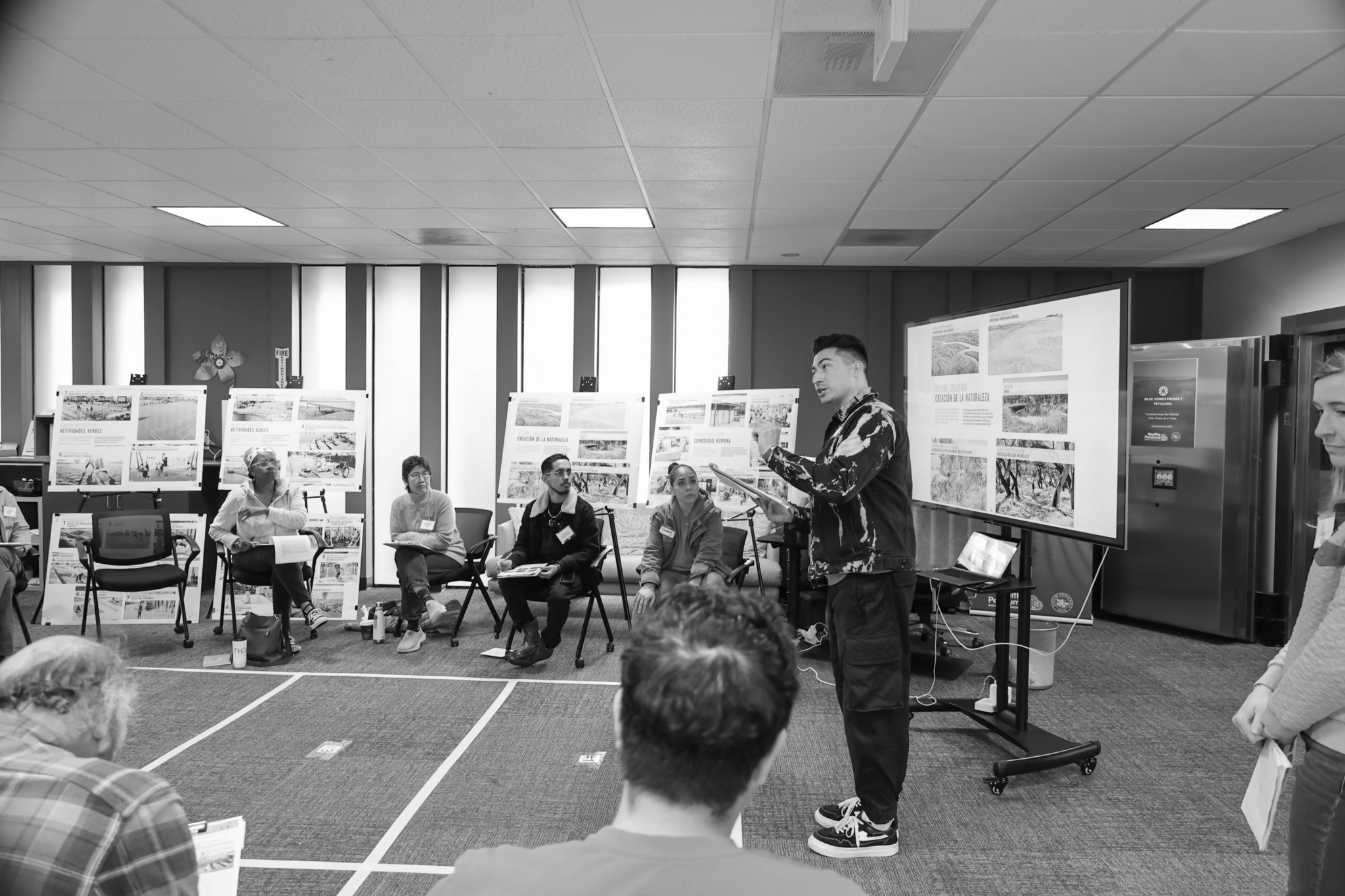
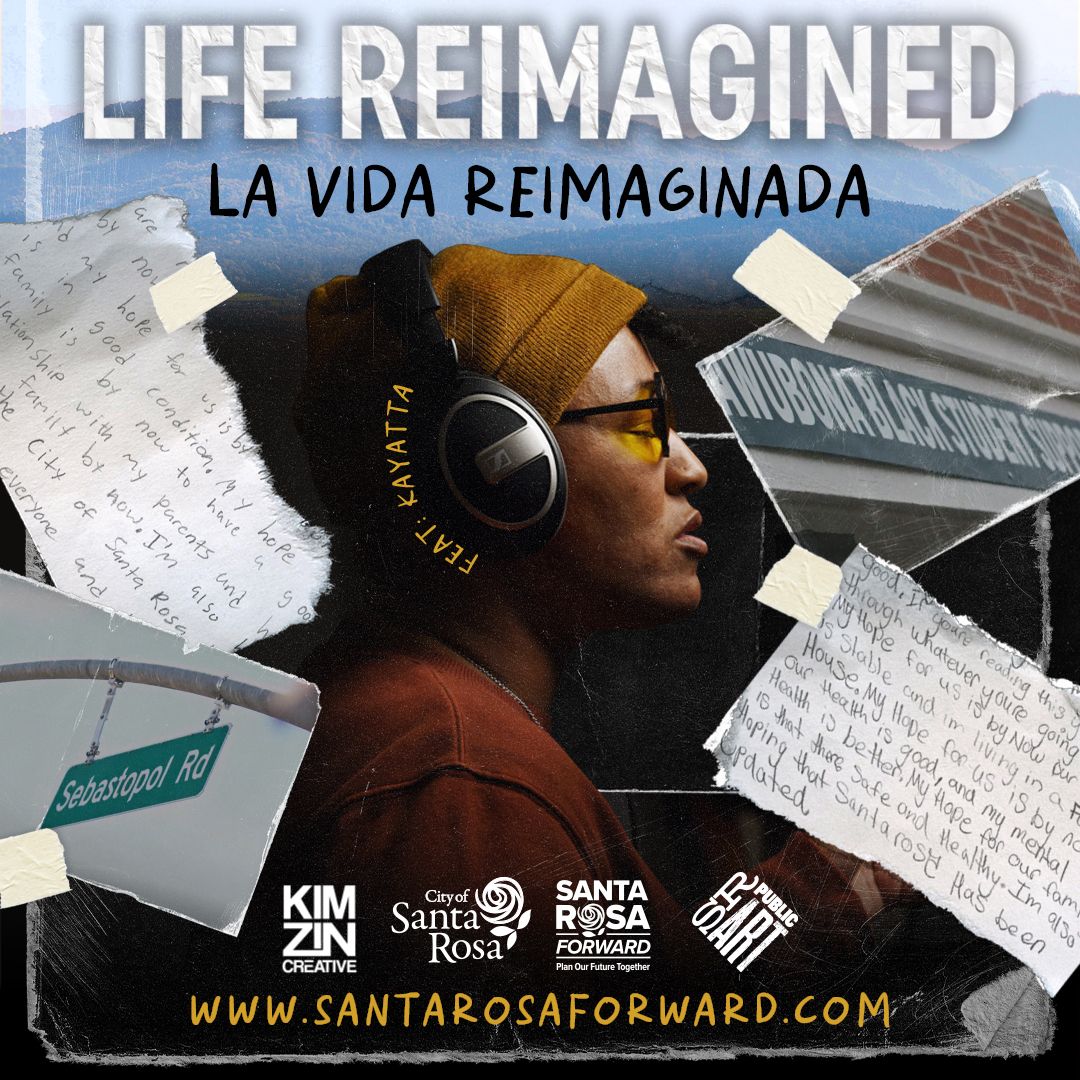
Image Credits
Photo Credits: Blanca Molina, Victoria Webb, Erik Castro, Genesis Vondergeest


